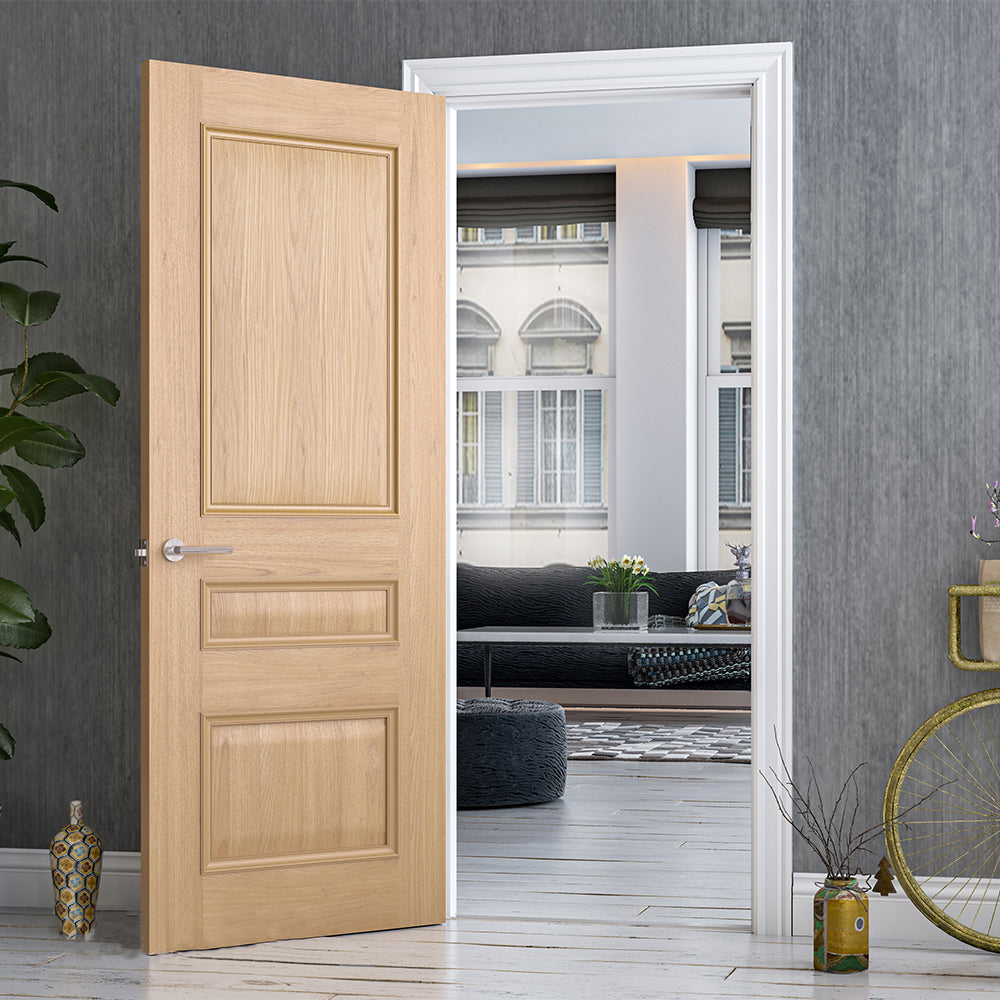Choosing the Perfect Colour for Your Internal Doors: A Guide to Style and Impact
When it comes to interior design, walls, floors, and furniture often take centre stage. But there's one element that quietly ties your spaces together—or makes a bold statement if you want it to: internal doors. The colour you choose for your internal doors can enhance the flow of your home, reflect your personality, and even affect the perception of space.
In this blog post, we’ll explore popular internal door colour choices, how they can influence your interiors, and some tips on making the best choice for your home.
Why Door Colour Matters
Internal doors aren't just functional—they're an integral part of your home's aesthetic. A well-chosen colour can:
-
Make a small space feel larger or cozier.
-
Add contrast or complement existing palettes.
-
Tie different rooms together for a cohesive look.
-
Act as a focal point or blend seamlessly with walls.
Popular Internal Door Colour Ideas
1. Classic White
Timeless and versatile, white internal doors suit almost every interior style—from minimalist modern to traditional. They reflect light, making rooms feel brighter and more open. Just make sure to pick a durable paint finish to resist scuffs and fingerprints.
2. Soft Greys
Grey doors bring sophistication and calm. Lighter shades feel airy and elegant, while darker greys offer a contemporary, grounded look without being too bold. Perfect for modern and Scandinavian interiors.
3. Bold Black or Charcoal
A black or deep charcoal door can make a striking statement. It works well in contrast with white walls or as part of a monochromatic palette. Matte finishes are especially popular for a chic, modern feel.
4. Earthy Neutrals
Beige, taupe, sage, or warm greys add subtle warmth and work beautifully in earthy, nature-inspired spaces. These colours create a welcoming atmosphere and pair well with wood textures and neutral walls.
5. Rich Colours (Navy, Forest Green, Burgundy)
Want your doors to stand out? Jewel tones like navy blue, emerald green, or burgundy offer a bold but tasteful pop of colour. They’re great for period properties or eclectic styles and look stunning against lighter or white walls.
6. Matching Walls
Painting your doors the same colour as your walls creates a seamless, modern look that can make a space feel larger and more unified. This approach works especially well in smaller rooms or hallways.
Tips for Choosing the Right Door Colour
-
Consider natural light: Dark colours can make a space feel cozy but might overwhelm a room that lacks daylight.
-
Match your trim: Decide if you want your doors to match or contrast with your skirting boards and architraves.
-
Think about consistency: Using the same colour throughout creates flow, while different colours can define areas (e.g., bedrooms vs. shared spaces).
-
Test samples: Colours can look very different in varying light. Try swatches in daylight and artificial light before committing.
-
Finish matters: Satin or eggshell finishes are durable and easier to clean, ideal for high-touch areas like doors.
Conclusion
Choosing a colour for your internal doors might seem like a small decision, but it can have a big impact on the feel of your home. Whether you prefer subtle elegance or bold expression, the right hue can elevate your space and tie your design together beautifully.

